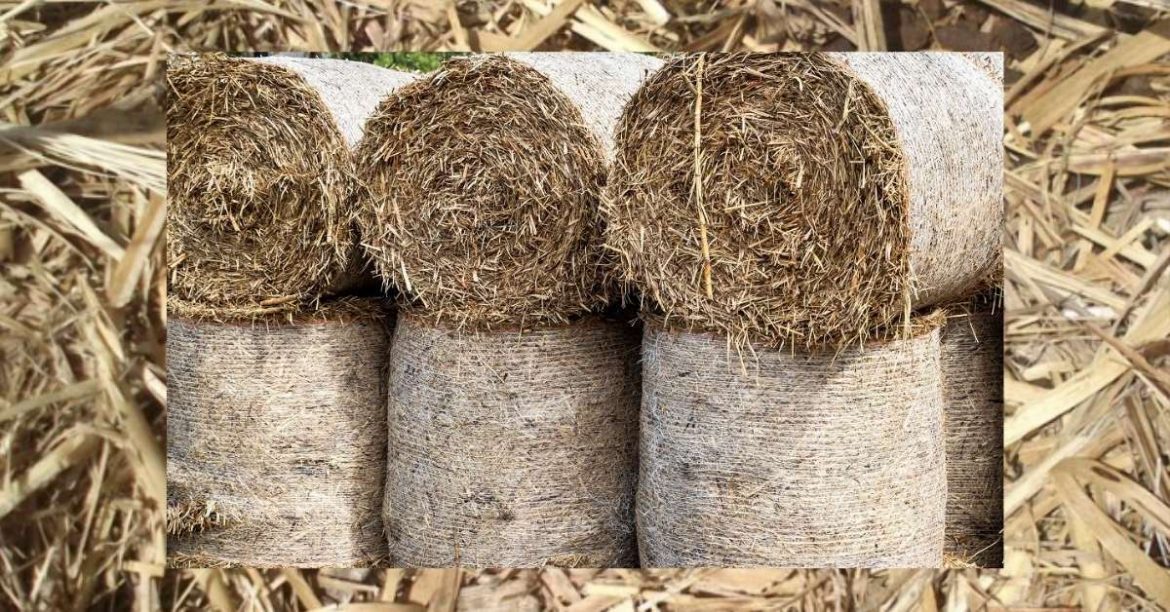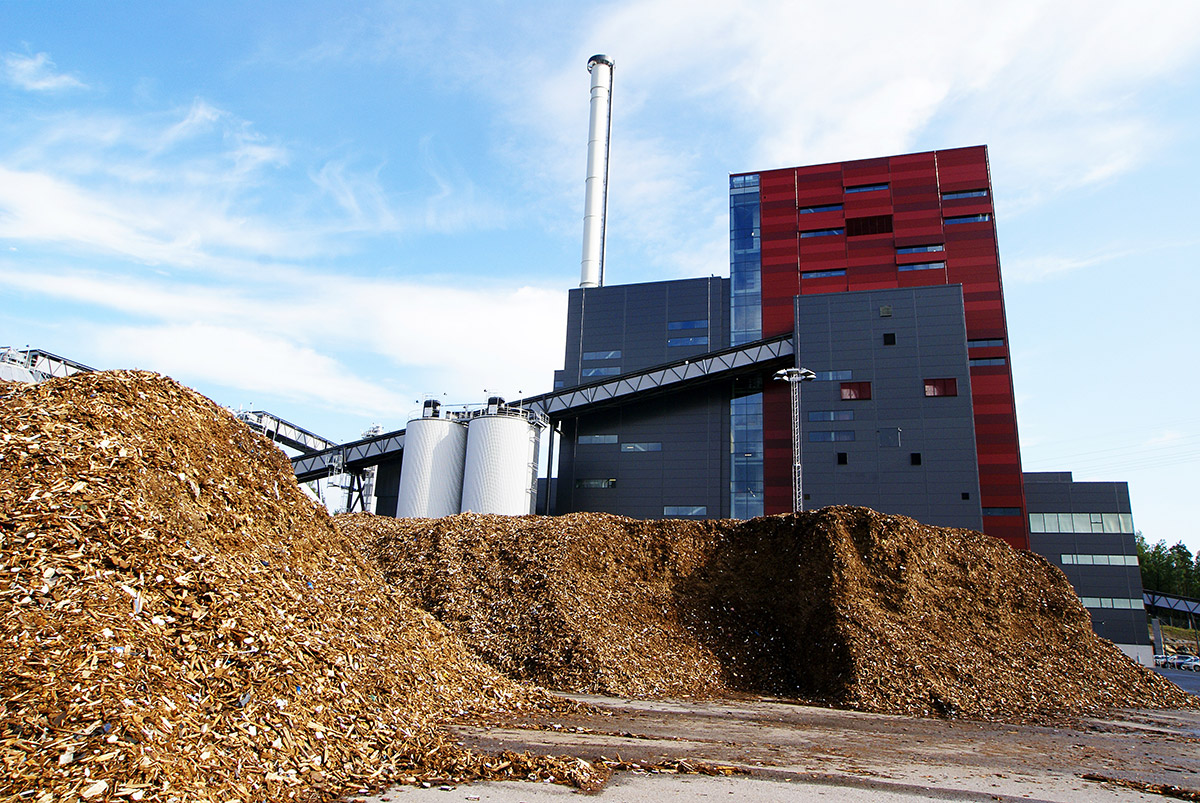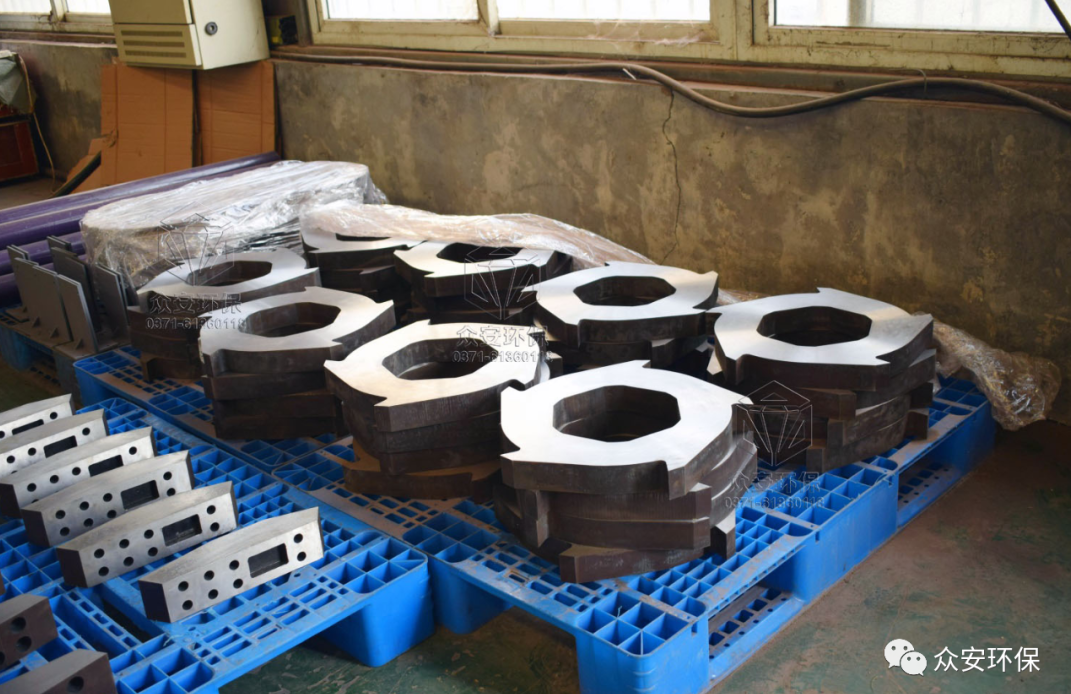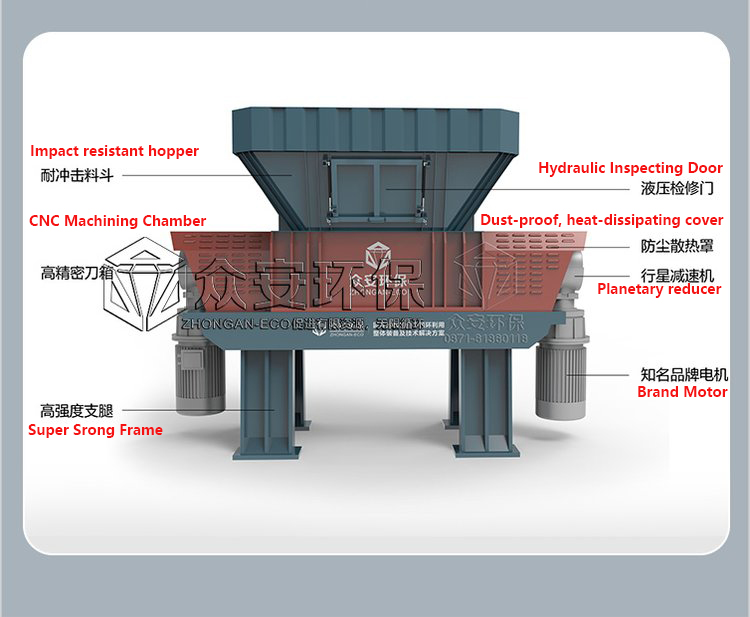Author:Zhongan-ECO Comefrom: Date:2022/10/13 18:23:46
Biomass is a potential sustainable source of energy. Approximately one-third of the energy available from sugarcane is contained in the tops and leaves (trash), which are generally either burnt prior to harvesting or are not recovered from the field. Based on results reported in the literature and assuming a 50% trash recovery efficiency, it is estimated that 1.353 million tons of trash is available annually for cogeneration in South Africa, which could potentially produce 180.1 MW over a 200 day milling season. Studies in Brazil and Australia have shown that the most efficient way of recovering the tops and leaves for cogeneration of power at sugar mills is to use a chopper harvester with the separation of cane stalks and trash on the harvester either fully or partially turned off. In South Africa more than 90% of the sugarcane crop is burnt and manually harvested and hence new systems are proposed to recover the trash and to transport the material to the biomass power plant.

Biomass power generation facilities harness the energy stored in such organic materials to produce clean, renewable power. Biomass power plants use this material for fuel, burning it under controlled, low emissions conditions to generate electricity. Biomass energy can be generated by gasification, pyrolysis, anaerobic digestion, or direct combustion (100% biomass combustion or co-firing with coal at existing coal plants).
In addition to diverting waste from already over-burdened landfills, biomass facilities are also valued for their negative greenhouse gas footprint as they displace more potent greenhouse gas emissions of methane that would otherwise result from the decomposition and decaying of organic materials that occurs as a result of landfill accumulation, forest accumulation or composting. Emissions of methane create 20 times more greenhouse gas effect than the CO2 produced during combustion.
Biomass to electrical power facilities are also considered to be carbon neutral as CO2 emissions generated by combustion is generally offset by the CO2 emissions consumed during the lifecycle of plant material. By comparison, the CO2 emissions released from the combustion of fossil fuels (such as coal, oil, and natural gas) add to the imbalance of carbon emissions in our atmosphere, which contributes to global warming. Furthermore, today’s biomass facilities are outfitted with state-of-the-art pollution control equipment to reduce other air pollutants such as particulate matter and nitrogen oxides (“NOx”) that would otherwise result from the open burning of biomass or from forest fires.

Shredding any type of biomass requires a focus on high throughput, low cost, and low maintenance. A biomass shredding system is required for most biomass power plants to reduce the organic feedstock to a size suitable for the boiler. Biomass power plants are expanding throughout South-East-Asia because of recent advancements in clean green converting technologies.
Zhongan's Biomass Waste Shredders have suitable specific machines for feedstock from both agricultural cropping and forestry industries. Zhongan's shredders enable customisation to optimise efficiency for different types of biomass to ensure that the customers operation can be as trouble free, profitable and efficient as possible.
Zhongan have experience in shredding palm waste, EFB (empty fruit bunch), coconut, corn husk, sugarcane, hemp, napier grass, forestry trim, and many others. Size reduction shredders are a key part of the biomass recovery process deriving renewable energy from waste.
Each type of biomass has different characteristics, likewise different output sizes and throughput are specified by the manufacturers of the combustion process. There is no "one size fits all" shredder.
Some plants may be suited to a single large shredder processing 100% of the biomass. Other plants may suit multiple shredders feeding a common output line. Multiple smaller shredders has the benefit of spreading breakdown risk and also makes maintenance easier.
Wear of the shredder cutters is directly proportional to tons of biomass being shredded and contaminant within the biomass. Zhongan's knife cutting system will retain longer sharp edges than standard cutters. Zhongan's cutting knifes are easy to replace individually and are relatively inexpensive.


